Nokia 2012 Annual Report Download - page 198
Download and view the complete annual report
Please find page 198 of the 2012 Nokia annual report below. You can navigate through the pages in the report by either clicking on the pages listed below, or by using the keyword search tool below to find specific information within the annual report.-
 1
1 -
 2
2 -
 3
3 -
 4
4 -
 5
5 -
 6
6 -
 7
7 -
 8
8 -
 9
9 -
 10
10 -
 11
11 -
 12
12 -
 13
13 -
 14
14 -
 15
15 -
 16
16 -
 17
17 -
 18
18 -
 19
19 -
 20
20 -
 21
21 -
 22
22 -
 23
23 -
 24
24 -
 25
25 -
 26
26 -
 27
27 -
 28
28 -
 29
29 -
 30
30 -
 31
31 -
 32
32 -
 33
33 -
 34
34 -
 35
35 -
 36
36 -
 37
37 -
 38
38 -
 39
39 -
 40
40 -
 41
41 -
 42
42 -
 43
43 -
 44
44 -
 45
45 -
 46
46 -
 47
47 -
 48
48 -
 49
49 -
 50
50 -
 51
51 -
 52
52 -
 53
53 -
 54
54 -
 55
55 -
 56
56 -
 57
57 -
 58
58 -
 59
59 -
 60
60 -
 61
61 -
 62
62 -
 63
63 -
 64
64 -
 65
65 -
 66
66 -
 67
67 -
 68
68 -
 69
69 -
 70
70 -
 71
71 -
 72
72 -
 73
73 -
 74
74 -
 75
75 -
 76
76 -
 77
77 -
 78
78 -
 79
79 -
 80
80 -
 81
81 -
 82
82 -
 83
83 -
 84
84 -
 85
85 -
 86
86 -
 87
87 -
 88
88 -
 89
89 -
 90
90 -
 91
91 -
 92
92 -
 93
93 -
 94
94 -
 95
95 -
 96
96 -
 97
97 -
 98
98 -
 99
99 -
 100
100 -
 101
101 -
 102
102 -
 103
103 -
 104
104 -
 105
105 -
 106
106 -
 107
107 -
 108
108 -
 109
109 -
 110
110 -
 111
111 -
 112
112 -
 113
113 -
 114
114 -
 115
115 -
 116
116 -
 117
117 -
 118
118 -
 119
119 -
 120
120 -
 121
121 -
 122
122 -
 123
123 -
 124
124 -
 125
125 -
 126
126 -
 127
127 -
 128
128 -
 129
129 -
 130
130 -
 131
131 -
 132
132 -
 133
133 -
 134
134 -
 135
135 -
 136
136 -
 137
137 -
 138
138 -
 139
139 -
 140
140 -
 141
141 -
 142
142 -
 143
143 -
 144
144 -
 145
145 -
 146
146 -
 147
147 -
 148
148 -
 149
149 -
 150
150 -
 151
151 -
 152
152 -
 153
153 -
 154
154 -
 155
155 -
 156
156 -
 157
157 -
 158
158 -
 159
159 -
 160
160 -
 161
161 -
 162
162 -
 163
163 -
 164
164 -
 165
165 -
 166
166 -
 167
167 -
 168
168 -
 169
169 -
 170
170 -
 171
171 -
 172
172 -
 173
173 -
 174
174 -
 175
175 -
 176
176 -
 177
177 -
 178
178 -
 179
179 -
 180
180 -
 181
181 -
 182
182 -
 183
183 -
 184
184 -
 185
185 -
 186
186 -
 187
187 -
 188
188 -
 189
189 -
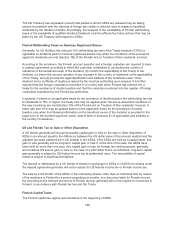 190
190 -
 191
191 -
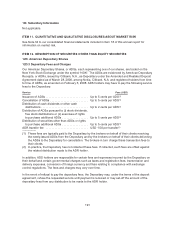 192
192 -
 193
193 -
 194
194 -
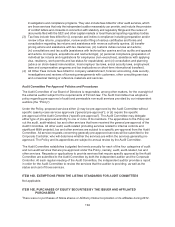 195
195 -
 196
196 -
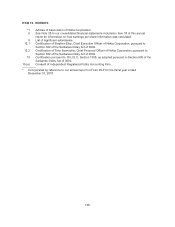 197
197 -
 198
198 -
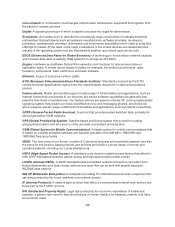 199
199 -
 200
200 -
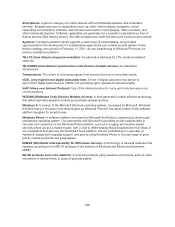 201
201 -
 202
202 -
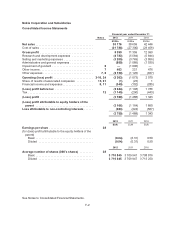 203
203 -
 204
204 -
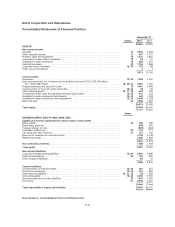 205
205 -
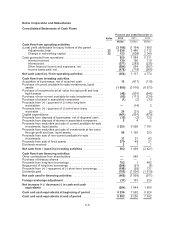 206
206 -
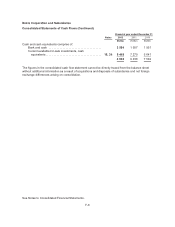 207
207 -
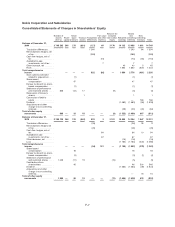 208
208 -
 209
209 -
 210
210 -
 211
211 -
 212
212 -
 213
213 -
 214
214 -
 215
215 -
 216
216 -
 217
217 -
 218
218 -
 219
219 -
 220
220 -
 221
221 -
 222
222 -
 223
223 -
 224
224 -
 225
225 -
 226
226 -
 227
227 -
 228
228 -
 229
229 -
 230
230 -
 231
231 -
 232
232 -
 233
233 -
 234
234 -
 235
235 -
 236
236 -
 237
237 -
 238
238 -
 239
239 -
 240
240 -
 241
241 -
 242
242 -
 243
243 -
 244
244 -
 245
245 -
 246
246 -
 247
247 -
 248
248 -
 249
249 -
 250
250 -
 251
251 -
 252
252 -
 253
253 -
 254
254 -
 255
255 -
 256
256 -
 257
257 -
 258
258 -
 259
259 -
 260
260 -
 261
261 -
 262
262 -
 263
263 -
 264
264 -
 265
265 -
 266
266 -
 267
267 -
 268
268 -
 269
269 -
 270
270 -
 271
271 -
 272
272 -
 273
273 -
 274
274 -
 275
275 -
 276
276 -
 277
277 -
 278
278 -
 279
279 -
 280
280 -
 281
281 -
 282
282 -
 283
283 -
 284
284
 |
 |
GLOSSARY OF TERMS
2G (second generation mobile communications): A digital cellular system such as GSM 900, 1800
and 1900.
3G (third generation mobile communications): A digital system for mobile communications that
provides increased bandwidth and lets a mobile device user access a wide variety of services, such as
multimedia.
3GPP (Third Generation Partnership Project) and 3GPP2 (Third Generation Partnership
Project 2): Projects in which standards organizations and other related bodies have agreed to
cooperate on the production of globally applicable technical specifications for a third generation mobile
system.
Access network: A telecommunications network between a local exchange and the subscriber
station.
ADSL (asymmetric digital subscriber line): A technology that enables high-speed data
communication over existing twisted pair telephone lines and supports a downstream data rate of 1.5—
8 Mbps and an upstream data rate of 16 kbps—1 Mbps.
Asha: The product name for our high-end feature phones and most affordable smartphones powered
by the Series 40 operating system.
ASP (average selling price): Our total mobile device ASP represents total Devices & Services net
sales—comprised of our Smart Devices, Mobile Phones and Devices & Services Other net sales—
divided by total Devices & Services volumes. Devices & Services Other net sales includes net sales of
Nokia’s luxury phone business Vertu through October 12, 2012, spare parts, as well as IPR income. As
IPR income is included in Devices & Services Other net sales, we provide our total mobile device ASP
both including and excluding IPR income. Smart Devices ASP represents Smart Devices net sales
divided by Smart Devices volumes. Mobile Phones ASP represents Mobile Phones net sales divided
by Mobile Phones volumes. IPR income is not recognized at the Smart Devices and Mobile Phone
business unit levels.
Bandwidth: The width of a communication channel, which affects transmission speeds over that
channel.
Base station: A network element in a mobile network responsible for radio transmission and reception
to or from the mobile station.
Base station controller: A network element in a mobile network for controlling one or more base
transceiver stations in the call set-up functions, in signaling, in the use of radio channels, and in various
maintenance tasks.
Broadband: The delivery of higher bandwidth by using transmission channels capable of supporting
data rates greater than the primary rate of 9.6 Kbps.
CDMA (Code Division Multiple Access): A technique in which radio transmissions using the same
frequency band are coded in a way that a signal from a certain transmitter can be received only by
certain receivers.
Cellular network: A mobile telephone network consisting of switching centers, radio base stations and
transmission equipment.
Convergence: The coming together of two or more disparate disciplines or technologies.
Convergence types are, for example, IP convergence, fixed-mobile convergence and device
convergence.
197
